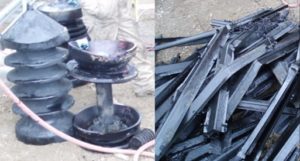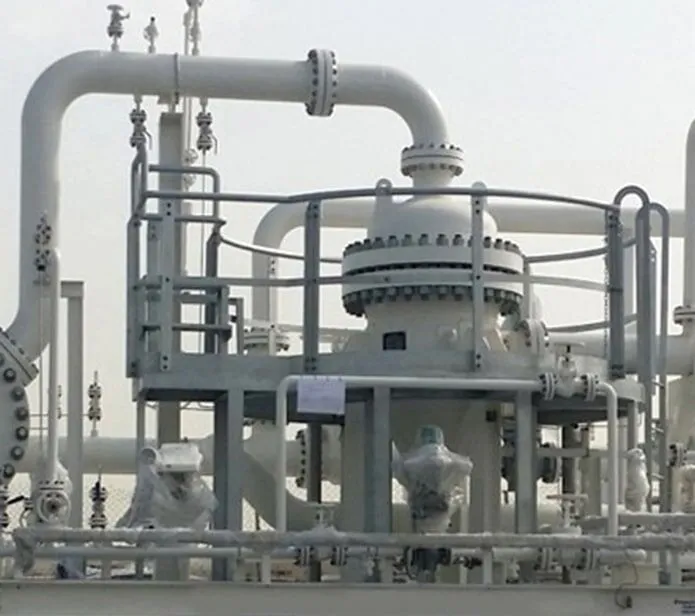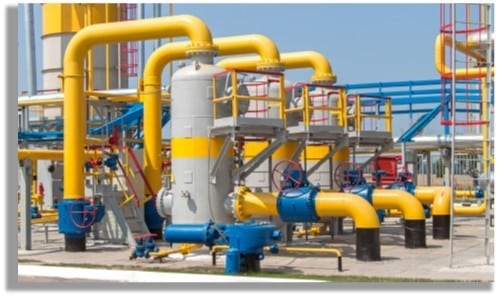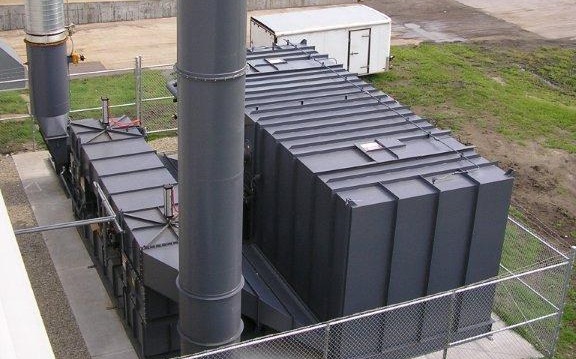By David Taylor
The other day, I received a call from a customer that I have known for years. I’ll call him Juan for purposes of this article. He was a seasoned compressor station operator and knew his plant better than anyone.
Today, he was worried sick that his separator had failed and was putting his multi-million-dollar compressor at risk. (For more insights on Separators, check out: Making Sense of New Separators vs Retrofits) He didn’t know what caused it, and he didn’t know how to figure it out. But, he definitely knew something was wrong and his risk level had just gone up!
To that end, users should know about the three biggest problems a failed separator can cause:
- Efficiency or product production declines
- Downstream equipment damage requiring unexpected shutdowns & lost production
- Process disruption
To be honest, this was a call just like hundreds of others my colleagues and I have taken over the years and it got me thinking: What if I could give him a cheat sheet to self-diagnose? What if when he called, he knew what caused the problem and had an informed opinion on what the solution needed to be?
So, this “Diagnostic Cheat Sheet” is intended to help you to benefit from my 30+ years of experience combined with the 250+ years of experience of my team.
The most common causes of problems for a separator are:
- Operation outside of original design conditions
- Unexpected incoming solids & liquids
- “Operating Errors” (bad maintenance or not following required settings)
- Damage to internal separation components
In many applications, upstream conditions change over time and operations in future years can be dramatically different than when the units are first put into service. Poorly performed maintenance can have the same detrimental results as not doing maintenance at all. Operating errors can occur during initial commissioning or during standard lifetime operation. Sometimes Installation Manuals get lost in the system & operators like Juan have to call us. Clogging can occur when there is an upstream process failure or when the properties of the incoming gas & liquid are out of the original specifications. Failure can also occur if the filters haven’t been replaced or if internals have been damaged.

Image of a pig and the damaged separator vanes it hit.
The most common symptoms of a separator issue are:
- Carryover of liquids or solids
- Abnormal pressure drop across the separator vessel (high or low)
- Foaming in downstream process equipment (i.e. catalyst beds)
- Abnormal or erratic drainage of separated liquids/solids
In closing, if you are wondering about that “wild pig” in the title, it just so happens that when a pipeline inspection device (“Pig”) is not caught by the pig receiving vessel, it can do a tremendous amount of damage if it passes into a separator. It turns out that Juan’s compressor station experienced this exact thing.
With our technician on-site, we were able to look into the separator vessel through the manway access hatch and see broken pieces of a pig lodged within the separator internals. The separator internals were broken within their frames, rendering them useless. The solution involved a new set of replacement internals fitted into the vessel in a fast-turn, relatively inexpensive “retrofit.” The lesson learned was “make sure you keep your pigs under control!!”
Feel free to send me an email if you would like to discuss this topic further, or if you are dealing with another issue that you would like me to address going forward. Also, please post this to your LinkedIn or Twitter feed.



